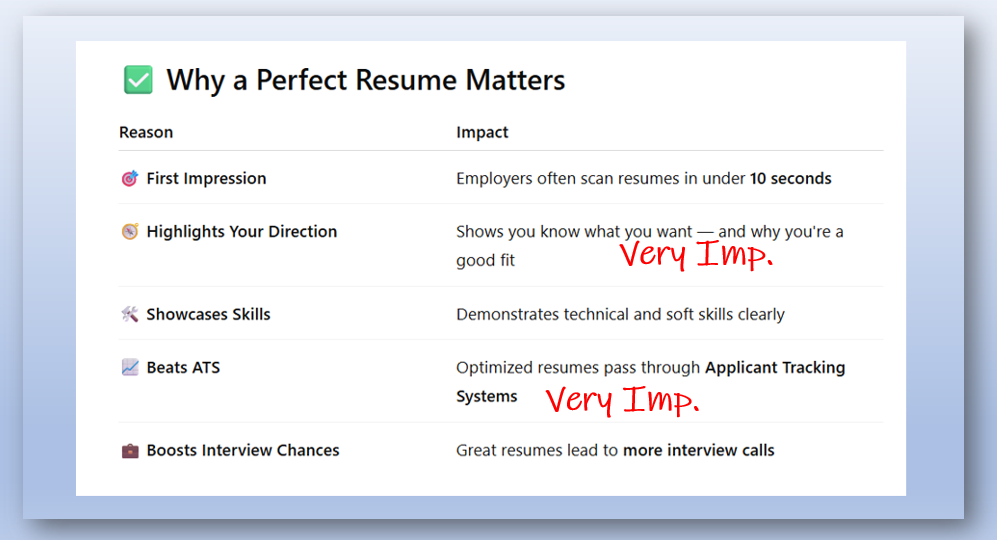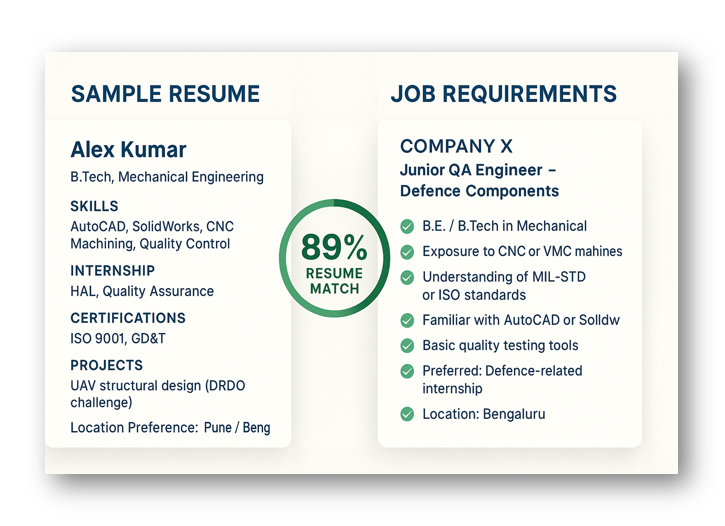Part 1: Why Placement Officers Should Target Defence Sector Jobs
India’s engineering colleges produce talent en masse, yet placement officers often steer students toward IT or traditional core roles, missing a thriving opportunity: the defence sector. With India’s defence market set to reach $70 billion by 2030 and global firms like Lockheed Martin hungry for engineers, this field promises lucrative careers—both domestically and internationally.
Why should placement officers prioritize defence?
The answer lies in soaring demand, global prestige, and strategic gains for colleges, making it a career path ripe for the taking.
In India, the defence sector is booming. Initiatives like Make in India (External Affairs Note) Make in India (Govt. Site) and heightened border security needs—spanning Himalayan peaks, western deserts, eastern jungles, and coastal shores—fuel demand for cutting-edge tech.
Public sector giants like Bharat Electronics Limited (BEL) and DRDO are rolling out advanced communication systems, while private firms like Tata Advanced Systems push innovations like 5G for fighter jets. Beyond pay, defence PSUs employ over 200,000 people, with thousands of new openings yearly as projects like the Agnipath scheme and naval expansions ramp up.

Source PIB
Globally, the story’s even bigger. Companies like BAE Systems, Airbus, and Raytheon seek Indian talent for next-gen projects—think 5G-enabled tactical networks for NATO or Gulf defence grids. A fresher skilled in 5G wireless tech, perhaps sparked by Project Hunt, could land a role abroad earning $60,000-$80,000 yearly, outpacing many IT salaries. This isn’t just about money—defence jobs carry weight.
Placement officers can sell this dual appeal to students —high pay and higher purpose—drawing top talent to a field that’s both elite and impactful.
For colleges, the upside is strategic. Securing defence placements—say, 20 students at HAL or Airbus—elevates placement stats, distinguishing the institution from IT-heavy peers. Early wins forge ties with defence recruiters, creating pipelines for future batches. Imagine alumni at DRDO mentoring freshers or a college famed for feeding India’s 5G defence tech—it’s a reputation booster.
With over 100 defence roles, from robotics to wireless engineering, the scope is vast yet underutilized—only 5% of engineering graduates enter this sector, per recent surveys, leaving a gap officers can fill. Colleges that act now gain a first-mover advantage, attracting ambitious students and top recruiters alike. Placement officers hold the power to unlock this potential, turning campus talent into a defence powerhouse.
Part 2: How Students Can Be Mentored for Defence Jobs from Year One
Defence jobs like those in India’s BEL or global firms demand skills from day one—placement officers can mentor students to land them, starting freshman year. With early awareness, project-based skill-building, internships, and tailored profiles, students can secure well-paying roles like a “5G Wireless Engineer” by graduation. Here’s how officers can orchestrate this journey, roping in professors and sharpening software focus.
Begin with awareness
First-year students often fixate on IT, missing defence’s potential. Officers can flip this with events like “Project Hunt,” where freshers explored a border-monitoring drone—perfect for introducing 5G’s role in defence communication. Host seminars with DRDO or HAL alumni, spotlighting roles like 5G Wireless Engineer, which involves developing high-speed data links for fighter jets. Show them the stakes: real-time video feeds or tactical data can mean mission success. A BEL engineer could demo how 5G cuts latency in jet-ground links, firing up imaginations. Early exposure plants seeds, steering students toward defence before other paths dominate—and with 100+ roles to explore, the options are endless.
Next, build skills through projects, enlisting professors for depth
Defence craves expertise in wireless tech, RF engineering, and programming—core to a 5G Wireless Engineer’s toolkit (think Python, MATLAB, 5G NR standards). Officers can mentor freshers to tweak Project Hunt’s drone, adding 5G for real-time feeds across Himalayan terrain or desert sands. Pair them with seniors in tech clubs, assigning mini-projects like simulating 5G networks in MATLAB. Professors, with their academic clout, can elevate this—say, an RF engineering prof guiding students to optimize beamforming for jungle conditions, or a software prof teaching C++ for secure data processing.
Focus on software is key
Tools like Simulink for system modeling, Keysight SystemVue for 5G validation, and NI LabVIEW for network testing build defence-ready skills DRDO or HAL demand. Encourage independent exploration too—perhaps coding a 5G latency analyzer in Python. By third year, they’ll have a portfolio—e.g., “Designed 5G data link for tactical drones”—aligned with BEL or TASL needs.
Internships amplify this
A 6-8 week stint at HAL or L&T Defence, testing 5G protocols for jet-to-ground links or EW systems, can clinch pre-placement offers. Officers should forge ties with defence HRs to secure slots—e.g., DRDO’s 5G integration projects or Tata’s comms labs—and prep students with mock interviews tackling “How do you ensure 5G uptime in jungle interference?” A fresher who interned on 5G-enabled threat detection gains an edge, proving hands-on chops recruiters crave. These experiences bridge classroom theory to defence reality, making students irresistible hires.
Finally, Resume Centric Mission
A perfect resume is a sure job.

For a “5G Wireless Engineer” (job profile: assist in 5G data links, EW systems, secure networks for jets), officers should guide resume-building from year one.
A Sample Resume to Job Match.

A tailored format starts with ‘Projects’—“Integrated 5G for drone video feeds, Project Hunt”—then ‘Skills’ (RF engineering, Link 16, MATLAB), and ‘Internships’ (HAL stint). Interview prep tackles questions like “How would you adapt 5G for desert heat?”—answered with project insights and RF know-how. Among 100 defence roles, this one pays ₹10 LPA at BEL or $70K abroad at Raytheon, rewarding early effort. Officers can workshop resumes with professors, ensuring software skills like “Simulink 5G simulation” or “Python EW algorithms” shine for defence recruiters.
Below are several Job Profiles which are good career choices. For each Job Profile, a question and answer (Q & A) is given which are essential for the role. Also, very importantly, a Resume Format is given for each Job Profile.
Students can use the Resume Format given below (follow the link) and prepare their own Resume. This will ensure the recruiting company gets interested in hiring you.
Table: Listing, Job, Q & A, and Resume Format
Note:
Job Profile : This is how companies advertise for jobs. Click on each link to know what companies expect.
Q & A : General Interview Questions
Resume Format : Your Resume can be in this format to optimize your chances of getting the job. Plan for it as early as 3rd year of your course.

